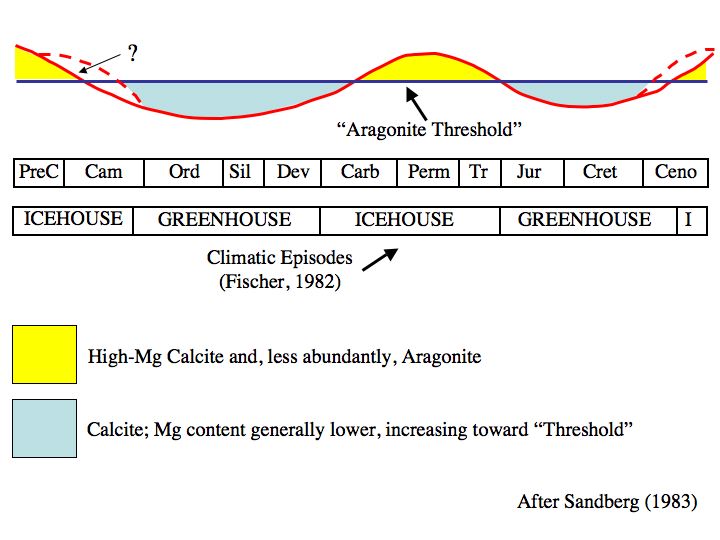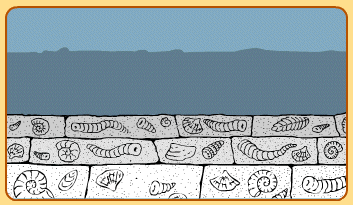Christ Church Cathedral is Dublin’s oldest stone building. The earliest manuscripts date the church to its present location as early as 1030. However, that is not the church that you will see before you. The church before you is a reconstruction of the earlier, wooden church that was used by the Vikings in the 11th century. In the 12th century, 1192 to be precise, Christ Church Cathedral was rebuilt out of stone.

Over 100 different types of stone have been used for various buildings in and around Dublin. But, of these types, few have actually been quarried in the County. Some of the stones in Christ Church Cathedral however, were actually quarried in the very county in which it stands. Christ Church Cathedral was made from a variety of different stones. The most prominent stones in the Church are Dundry and Somerset Limestone, green slates from Westmoreland, England, and calp limestone, which was quarried locally.
Dundry, Somerset, and Calp Limestone
Dundry is located near the city of Bristol, England. Located on the water, it was extremely easy to have this type of stone shipped to Ireland for the building of this Cathedral. The Dundry limestone used in the construction of this Cathedral was cream colored, and mid-range in smoothness. Somerset limestone was also imported, and came from the town of Somerset in South West England. The Calp limestone, as stated above, was quarried locally in places such as Donnybrook, Crumlin, and Rathgar. The Calp limestone can be found in thick sequences of muds and muddy limestone accumulated in the basins, sometimes showing graded bedding. The Calp limestone itself is comprised of dark grey, fine-grained, graded limestone with interblended black, poorly fossilized shale. This same type of limestone can be found in the Old Library in Trinity College.
Paleogeography, Tectonic Activity, and Limestone Formation
The rocks used in the construction of Christ Church Cathedral date back to the Jurassic Period. The Jurassic Period took place between 201 and 145 million years ago. During the early Jurassic Period, Pangaea, the supercontinent, broke up into the Northern supercontinent Laurasia and the Southern supercontinent Gondwana. This time saw the formation of calcite seas, in which low magnesium calcite was the primary inorganic marine calcium carbonate precipitate.

Limestone is a sedimentary rock composed largely of the minerals calcite and aragonite. Both of these are different crystal forms of calcium carbonate, CaCO3. Most limestones are also composed from skeletal fragments of marine organisms such as coral or foraminifera. In this process, these organisms use the calcium carbonate found in the seawater to create their shells and bones. As these organisms die, their shells and bones are broken down by waves and settle on the ocean floor where they are compacted over millions of years. This creates the limestone from the sediments and the pressure of the ocean water. The picture below gives a good, very simple visual description of what is described in the above process.

Logging Requirements
1. Looking at the descriptions of the stones that given above, where on the Cathedral can you see each of them? What about the English slate?
2. Are there any differences between the stones that you see in the building and the descriptions given above? If so, what are they? What do you think caused these differences?
3. Go to any of the many corners of the Cathedral that can easily be seen from the given coordinates. Pick any one of the larger stones located on the corner, and do your best to estimate the length, width, and height of the stone. Then, calculate its weight. The formula is length x width x height and divide this number by 26,417 (if you measured in inches) or 67,099 (if you measured in centimeters). The answer will give you the weight in tons.
4. What is CaCO3?
5. OPTIONAL: Take a picture of yourself or your group in front of Crist Church Cathedral.
Please also include the name of this Earthcache and the name of the cachers that your email is being sent for. You do not need to wait for permission to log this cache. If there are any problems with your answers I will let you know. Please do not post the answers to the questions in your log. Logs containing the answers or logs that do not email the answers to me will be subject to deletion.